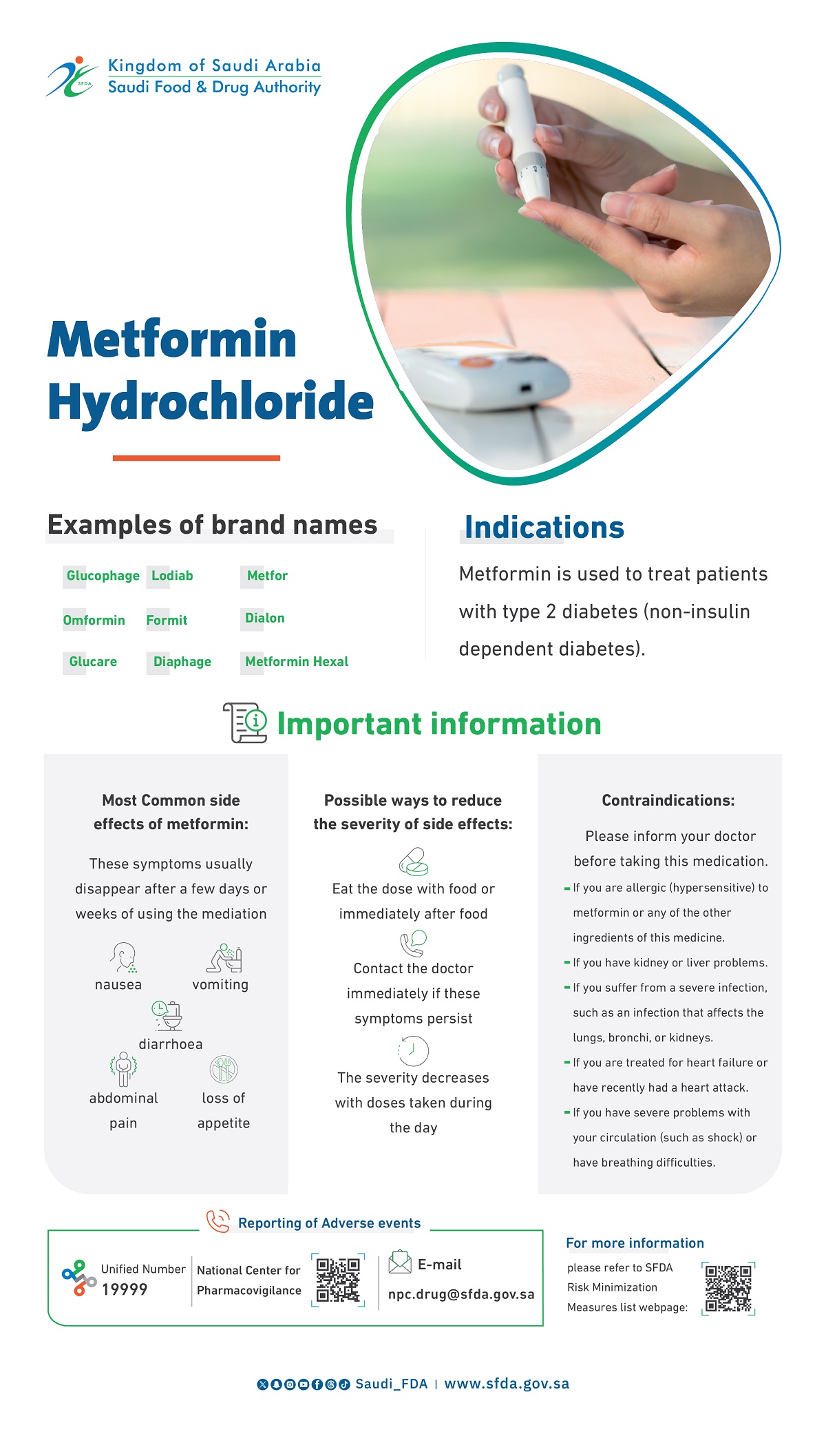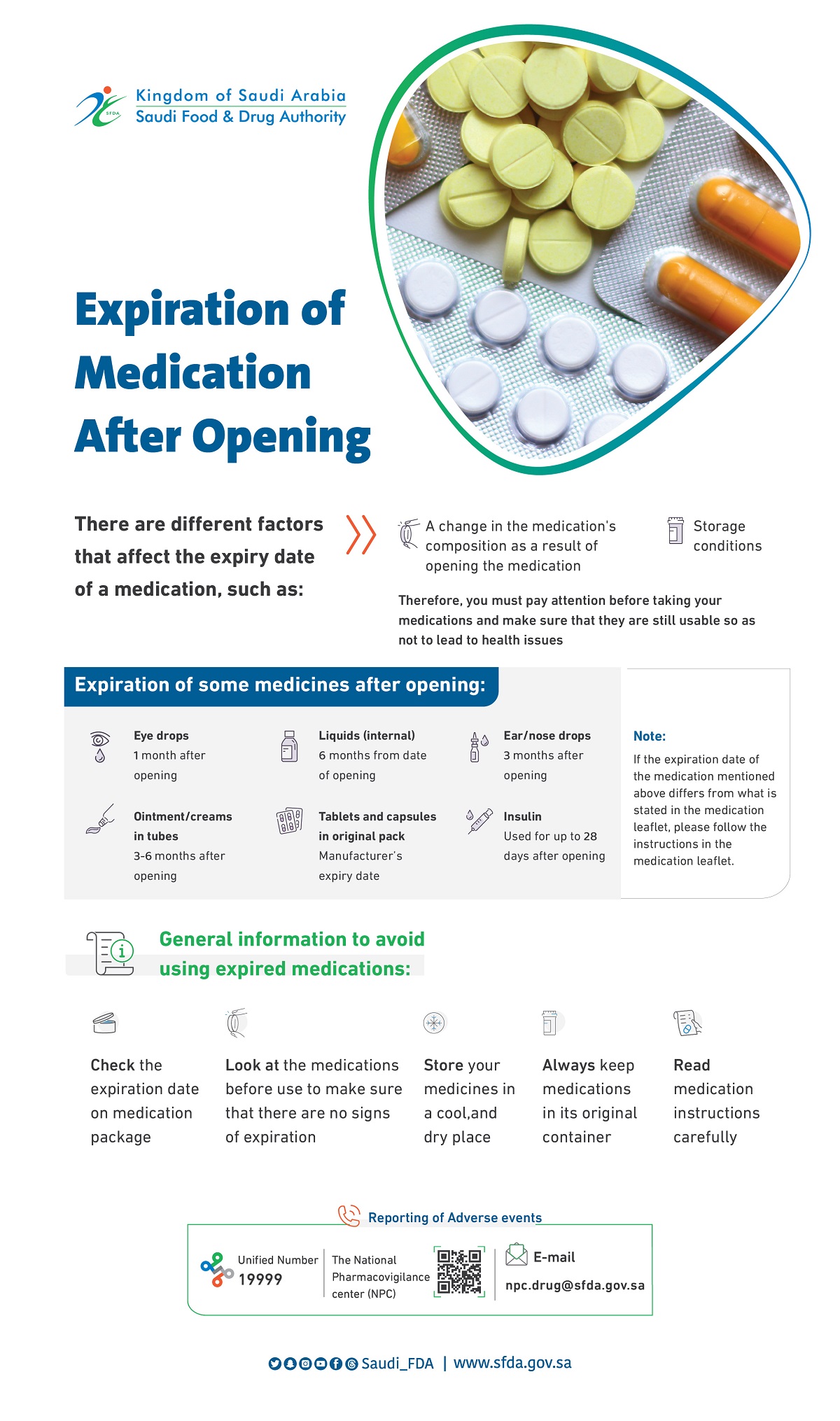
The effect of orlistat and ezetimibe, alone or in combination, on serum LDL and small dense LDL cholesterol levels in overweight and obese patients with hypercholesterolaemia
The effect of orlistat and ezetimibe, alone or in combination, on serum LDL and small dense LDL cholesterol levels in overweight and obese patients with hypercholesterolaemia
The effect of orlistat and ezetimibe, alone or in combination, on serum LDL and small dense LDL cholesterol levels in overweight and obese patients with hypercholesterolaemia
2008-07-16
Background: Increased concentrations of low density lipoprotein cholesterol (LDL-C), as well as of small dense LDL-C (sdLDL-C), are considered as cardiovascular risk factors.
Objective: An assessment of the effects of ezetimibe and orlistat administration, alone or in combination, on LDL-C and sdLDL-C levels (primary endpoint), as well as on anthropometric variables and metabolic parameters (secondary endpoints) in overweight and obese patients [body mass index (BMI) > 28 kg/m2] with hypercholesterolaemia [total cholesterol > 200 mg/dL (5.2 mmol/L)].
Methods: Eighty six subjects were prescribed a low-fat low-calorie diet and were randomly allocated to receive orlistat 120 mg, 3 times daily (O group), ezetimibe 10 mg/day (E group) or both (OE group) for 6 months.
Results: Significant reductions in LDL-C (−19%, −21%, −32% in groups O, E and OE, respectively, all p < 0.01 vs. baseline) and sdLDL-C levels (−45%, −48%, −76% in groups O, E, OE, respectively, all p < 0.01 vs. baseline) were observed. Group OE experienced a significantly greater reduction in LDL-C and sdLDL-C levels compared with groups O and E (p < 0.05). Furthermore, significant reductions of BMI, homeostasis model assessment (HOMA) index, serum uric acid, transaminase activities and plasma lipoprotein-associated phospholipase A2 (Lp-PLA2) activity were observed in the O and OE groups. Gamma-glutamyl transpeptidase activity and Lp-PLA2 activity improved significantly more with the combination treatment compared with either orlistat or ezetimibe monotherapy.
Conclusions: Orlistat and ezetimibe combination had a more favorable effect on LDL-C and sdLDL-C levels in overweight and obese hypercholesterolaemic patients than either drug alone. Furthermore, orlistat, alone or in combination with ezetimibe, additionally improved several anthropometric and metabolic variables.
Current Medical Research and Opinion, 2008, Vol. 24, No. 7, Pages 1919-1929





